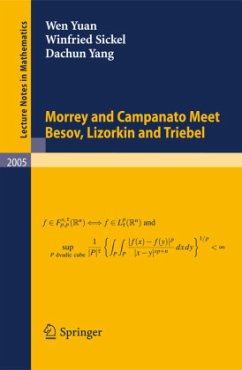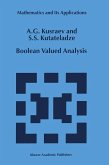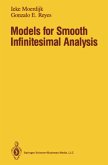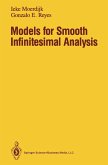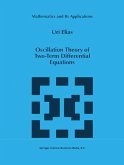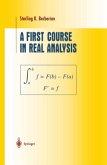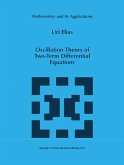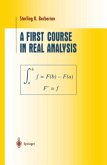During the last 60 years the theory of function spaces has been a subject of growing interest and increasing diversity. Based on three formally different developments, namely, the theory of Besov and Triebel-Lizorkin spaces, the theory of Morrey and Campanato spaces and the theory of Q spaces, the authors develop a unified framework for all of these spaces. As a byproduct, the authors provide a completion of the theory of Triebel-Lizorkin spaces when p = .
From the reviews:
"Besov spaces and Triebel-Lizorkin spaces are frequently used in various kinds of problems in analysis. The aim of this book is to provide a framework which includes all such spaces. ... the book is well presented, with an impressive level of generality and a well-conducted quest for exhaustivity, though it also refers to some other papers. Also, not only the function spaces treated in the book but also other related function spaces promise progress in the near future, thanks to this book." (Yoshihiro Sawano, Mathematical Reviews, Issue 2011 j)
"The present book develops the theory of the spaces ... incorporating nearby other spaces such as BMO and some applications to pseudodifferential operators. This book may serve as a starting point for further research in this direction." (Hans Triebel, Zentralblatt MATH, Vol. 1207, 2011)
"Besov spaces and Triebel-Lizorkin spaces are frequently used in various kinds of problems in analysis. The aim of this book is to provide a framework which includes all such spaces. ... the book is well presented, with an impressive level of generality and a well-conducted quest for exhaustivity, though it also refers to some other papers. Also, not only the function spaces treated in the book but also other related function spaces promise progress in the near future, thanks to this book." (Yoshihiro Sawano, Mathematical Reviews, Issue 2011 j)
"The present book develops the theory of the spaces ... incorporating nearby other spaces such as BMO and some applications to pseudodifferential operators. This book may serve as a starting point for further research in this direction." (Hans Triebel, Zentralblatt MATH, Vol. 1207, 2011)

